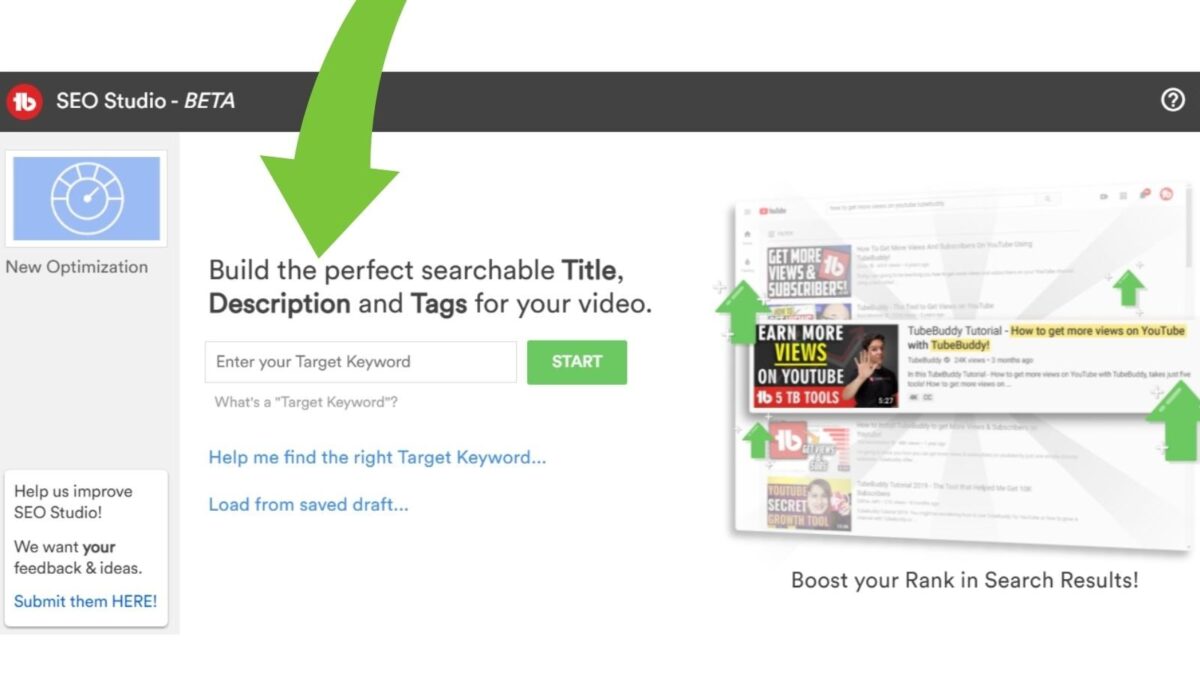Brand identity is an integral part of your business. Your brand identity provides a solid base from which you operate.
It can inform a consumer’s choice of whether or not to buy from you. If your brand identity aligns with what your consumer is looking for in a business, they are much more likely to choose you over your competitors.
Social media is one of the top tools for brand building, allowing you to build a loyal following of engaged customers and fans. Your followers can share your content with their networks, thereby increasing the reach of your content and your brand.
If you aren’t leveraging the power of social media to build your brand identity, there’s no time like the present to get started. Read on to learn more about how you can build your brand’s identity.
Table of Contents
What Is A Brand Identity?
Historically, a business’s main goal was to turn a profit by selling its products or services, and that is it. Today it goes beyond this—a business needs to build a brand to create and maintain a relationship with consumers, clients, and other business contacts.
In an increasingly digital world, the internet plays an important role as more people search online for their products—your visibility matters. So you have to maintain a presence.

A lot of people are under the impression that brand identity begins and ends with the logo. While the logo does matter, brand identity is about much more than simply a logo, typography, or a style guide.
You can and should use your brand identity to differentiate yourself from your competitors and influence your consumers. It is about the overall representation of your brand, and how it looks, communicates, and builds familiarity.
The question is then, how can you build a better brand identity? Let’s take a look at how your social media presence plays a role in building your brand.
Research and Analytics
Before going any further, you need to do your due diligence. Assess everything that could come up or stand in the way of your brand. Start with your brand’s personality, history, target audience, and the market in which you operate.
The value of posting on social media goes far beyond the post. You can also gain a ton of insight into your audience.
Each social media platform has its own analytics, allowing you to look at your followers’ activities. You can check out the types of content they prefer, look at how they engage, and learn a little about who they are to further inform your social media marketing.
This allows the content you post on social to reach further, thus increasing the impact of your brand.

The stats available to you all need to be studied. Again, preparation is key. Devise some stats and figures to give you a better foundation from which to work. You can leverage this information to build personas for your audience.
You can then begin to build your brand strategy based on this research. Within your brand strategy, you should make an effort to define your motives, the needs of the business, and the needs and desires of your consumers.
Look at your competitors. You can emulate the things that they have done well, avoid their pitfalls and sufficiently differentiate your brand from theirs.
Target Audience
Your brand identity should be geared toward your consumers:
- What do they want to see?
- The types of content do they love to share on social?
- What do they want from a brand?
- The form of engagement will be the most effective?
Your brand’s values need to align with that of your target audience to be successful. So, understand your audience and then develop your social media strategy around their needs to ensure you get a boost for your brand.
There are three types of audiences:
- Primary
- Secondary
- Tertiary
The primary audience refers to consumers, whether pre-existing or prospective. The secondary and tertiary audience refers to employees or other brands or competitors who can help you expand the reach of your message through sharing further with their followers.
The creation of your brand identity should aim to cover each section of your audience. Do not neglect any of them even if you deem them to be less important. For example, your employees act as advocates for your brand, and they represent it too.
Therefore, they are just as important as your consumers. Their efforts can mirror your own. Take their views into account and run decisions by them to gauge their reactions before making things public.
Design For Brand Identity
Once you reach the design stage, you should have done all the necessary research and analysis. You feel confident that you understand your audience, their feedback, your competitors, and your own goals and values.
Then, you can move on to the design. This involves taking your brand identity and incorporating it into your social media consistently, including:
- Your logo
- Social media headers
- Social media post imagery
- Infographics
- Other visuals to accompany your social posts
You can begin to translate this information into visual tools that you can then use to promote the brand. You can either design your advertising materials yourself or outsource it—it depends on how comfortable and confident you feel in creating these materials.
Make sure to clearly define that your social channels are owned by your brand. Be consistent with the branding of your website and other digital and physical marketing properties to ensure your followers make the connection between all parts of your brand.
Lastly, you need to consider the overall visual identity of your brand, color schemes, aesthetics, and typography. Make sure these are all consistent throughout your social channels as well.
This helps keep your brand identity consistent across your marketing, from social media to the website to emails and banners.
In addition, it makes the process easier. For example, if you were to make a banner, you could use a service like Creatopy, which allows you to upload the design, and then ensure that it matches the dimensions for its destination perfectly through their automation service.
So, you don’t have to be a graphic design pro to make your social media presence look good.
Maintaining the Brand
As mentioned above, once you have the design in place, it is all about consistency. You need to maintain your brand for the long term by being consistent on your social media channels.
- Post regularly and at the times your audience is most active
- Engage in conversations with your followers
- Make sure your social media content lines up with your overall brand
Presenting your brand well on social media helps to improve your brand recognition and leads to more business.
You can do this by regularly reviewing and establishing new and existing goals and growing your connections. By looking at your goals, you can analyze what is working and what needs a second look.
You can then refine your marketing on social media and across all channels to ensure that it is serving its purpose while also remaining true to your brand identity.
In Conclusion of Brand Identity
Brand identity is the lifeblood of a business, and social media is an amazing tool for expanding the reach of your brand. You cannot overlook it or overstate its importance in building your brand’s reputation.
Your audience is an asset and developing a solid brand identity helps you to cater to them. Try to be unique with your perspective, make your brand dependable, something that can be relied on.
Do your research and make sure you are prepared — nail down your brand’s values and voice first, and the rest will follow. It does not have to be as daunting as it first seems.
And most importantly, stay active, post content your audience loves, and create conversations to help spread the word!
- 4 Social Media Brand Building Mistakes Businesses Make - January 29, 2025
- What’s The Big Secret to Successful Affiliate Marketing? - September 1, 2024
- Tools For Affiliate Marketers That Are Useful Working from Home - July 28, 2024




Social media is one of the top tools for brand building, allowing you to build a loyal following of engaged customers and fans. Your followers can share your content with their networks, thereby increasing the reach of your content and your brand. Brand identity is the lifeblood of a business, and social media is an amazing tool for expanding the reach of your brand. You cannot overlook it or overstate its importance in building your brand’s reputation.
One of the best guidance I’ve ever met. Hopefully I’ll learn from it and apply it on the real project as well.
Thank you team for your full of meat educations!